
Epigenetic regulation of mRNA polyadenylation site selection
Plant Physiology, Plant Physiology: News and Views, ResearchThe transcription of many genes is regulated through alternative splicing, with over 60 percent of genes in Arabidopsis thaliana producing more than one mRNA [1]. The most common forms of alternative splicing are intron retention and the use of alternative polyadenylation sites that result in transcripts…

Diverse strategies coping with winter in barley and its relatives
Plant Physiology, Plant Physiology: News and Views, ResearchThe Poaceae is one of the largest plant families in angiosperms, containing more than 12,000 grass species, which are classified into two major clades: PACMAD (Panicoideae, Arundinoideae, Chloridoideae, Micrairoideae, Aristidoideae and Danthonioideae) and BOP (Bambusoideae, Oryzoideae and Pooideae) (Fig.…
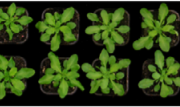
Salicylic acid, senescence, and heterosis
Blog, Plant Physiology, Plant Physiology: News and ViewsFor a number of crops agricultural yields have been boosted by the phenomenon of heterosis or hybrid vigour, where a hybrid outperforms either parent. Understanding the various mechanisms by which heterosis arises may facilitate the breeding of hybrids with increased vigour for further crop varieties…

Roles of the clock in controlling starch metabolism
Plant Physiology, Plant Physiology: News and Views, ResearchAuthor: Masanori Izumi
Affiliation: Frontier Research Institute for Interdisciplinary Sciences, Tohoku University, Sendai 980–8578, Japan
Plants are photoautotrophs that grow via photosynthetic energy production. Under irradiation, chloroplasts in the plant’s green tissues convert light energy…
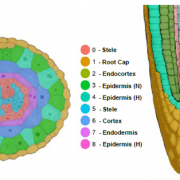
Sequencing Plant Transcriptomes at Single-Cell Resolution Allows Unprecedented Characterization of Genetic and Developmental Cellular Processes
Blog, Plant Physiology: News and Views, ResearchJose M Celedon 1
1 Michael Smith Laboratories, The University of British Columbia, 2185 East Mall, Vancouver, BC V6T 1Z4, Canada.
Transcriptomic studies in plants usually involve anonymous survey-style methods, where whole organs or tissues are homogenized, and each cell’s contribution to transcript…
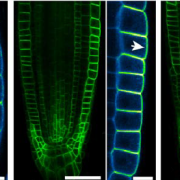
Two pathways for trafficking the borate receptor BOR1
Plant Physiology, Plant Physiology: News and Views, ResearchPolar localization of plasma membrane proteins is an important way cells regulate signaling pathways, transport across membranes, and growth. Polarization has obvious cellular effects, but localization of membrane components also contributes significantly to processes such as tip growth in root hairs…
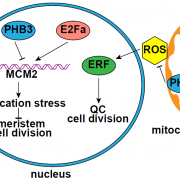
Prohibitin shuttles between mitochondria and the nucleus to control genome stability during the cell cycle
Plant Physiology: News and Views, ResearchThe prohibitin (PHB) protein family is highly conserved from prokaryotes to eukaryotes (Van Aken et al., 2010). Initially identified as a tumor suppressor in rat liver, PHBs in animals are localized in various cell compartments, including mitochondria, nuclei, and plasma membranes, and function as scaffold…
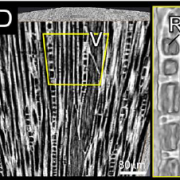
Of storage and stems: examining the role of stem water storage in plant water balance
Blog, Plant Physiology, Plant Physiology: News and Views, ResearchRobert Skelton1
1 Dept. of Integrative Biology, University of California Berkeley, Berkeley, CA, 94707.
Stems of land plants provide mechanical support and long-distance transport of water and carbohydrates. Although it has long been recognized that plant stems can also store water, it remains…
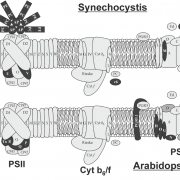
Shedding Light on the Power of Light
Blog, Plant Physiology, Plant Physiology: News and ViewsBy Tessa Moses, The Institute of Quantitative Biology, Biochemistry and Biotechnology (IQB3), The King’s Buildings, University of Edinburgh, Edinburgh EH9 3FF, United Kingdom
Photosynthesis is the process in which solar energy is used to fix atmospheric carbon dioxide (CO2) to chemical energy in…

